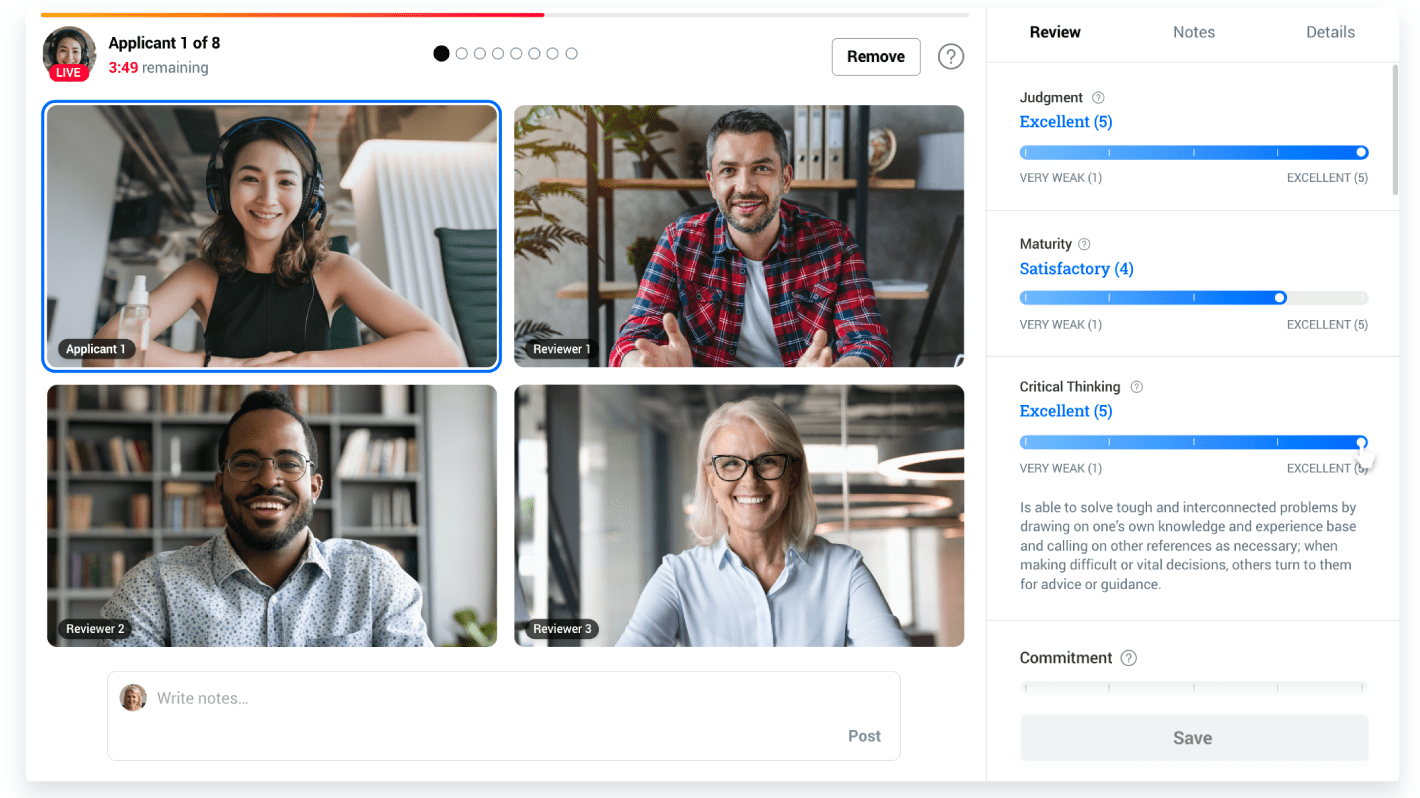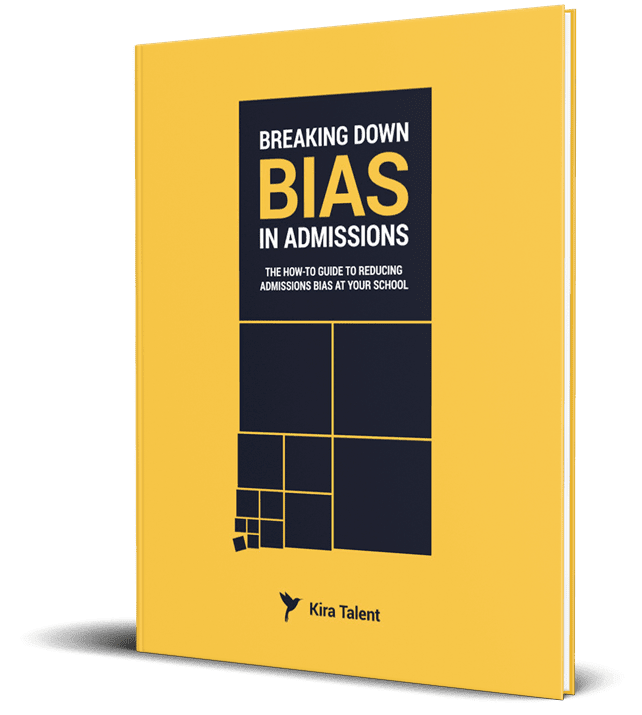Motivation to attend a school, or “demonstrated interest” on an admissions application file, is a common criteria schools consider when evaluating prospective students.
Measuring the interest of prospective students can help identify the applicants who truly want to come to an institution and find evidence of their ‘fit’ on campus. Of course, students who show this level of interest are also the students who are more likely to accept offers, pay tuition, and arrive in the fall.
In a paper in Contemporary Economics Policy, economists at Lehigh University’s College of Business and Economics and Mathematica Policy Research investigated data from a selective college to uncover that enrolling based on demonstrated interest can disadvantage low-income students.
The team observed that students who visit campus and participate in on-campus events will gain a significant edge over students who meet a representative at a college fair or indicate interest through phone or email.
Likewise, in a report from the National Association for College Admission Counseling (NACAC), over 50 percent of four-year colleges say demonstrated interest has “moderate” or “considerable” importance in admissions decisions, ranking even higher than interview performance or work experience.
The data suggests a significant problem for students from low-income families who are hoping to get accepted without visiting campus. Students whose parents or guardians can’t take time off work to bring them to campus, or who can’t afford send their child, do not have the opportunity to hit the “campus visit” milestone.
Furthermore, high school counsellors are recommending high school students visit campus in order to show their intent, alienating students who cannot afford to make the trip which may make them less likely to apply to a more competitive program.

As Inside Higher Ed reports, subsidizing campus visits for low-income students is one solution to level the playing field. If all students have equal opportunity to visit campus, talk to admissions officers, and have their questions answered, then perhaps low-income students would have a better opportunity for admission.
While on-campus visits may be a solution in an ideal world, policy change to subsidize these costs and applications for these subsidies is likely to be a slow process.
Another option is to use technology to evaluate demonstrated interest without physically bringing applicants to campus. By using an assessment methodology that considers a letter of intent and timed video responses, schools could get similar insights on applicants from their home, school, or local library’s computer.
Evaluating interest using technology
Motivation to attend a school or program is one of the most popular criteria that our clients evaluate using timed video responses. Applicants are able to put their best foot forward and show their passion for the program in a way that doesn’t require them to foot the bill for travel expenses.
When schools ask “why us” in an interview or timed video assessment, while the applicant may be able to feign enthusiasm, they can’t pretend to know specific, tangible reasons why they want to go to your school. Showing interest doesn’t need to mean showing up; interest could be displayed through their research and knowledge of the institution’s campus, alumni, or program specializations, or an idea of what impact they want to have as a student or alumni.
Here are some examples of questions you could ask:
- How does completing this program, at [our institution] specifically, factor into your short or mid-term career goals? What about long-term?
- What specifically interests you about our program? What resources will you take advantage of here versus other places where you could pursue your degree?
- How will you enrich the learning environment in our program if you are admitted?
- What will you find within our program that you won’t find at similar programs at other schools?
“I think prospective students often worry about demonstrating interest in a program, thinking that we have a checkbox on our review form for students who have come for a campus visit, attended a reception, or otherwise had contact with admissions staff members. All of those things are important in a prospective student’s research process, so I don’t want to de-emphasize them for that purpose. However, they don’t have bearing in our admissions decision,” said Melissa Fogerty, the Director of MBA Admissions at Yale School of Management.
“We know that traveling to New Haven prior to applying might not be feasible for an applicant, so we wouldn’t hold this against them in our application review.”
What else can schools do online to help evaluate interest?
Beyond an interview or timed video assessment, information sessions aired via webinar, digital campus tours, and online Q&As with students or alumni can serve as additional ways for applicants to demonstrate their intent to attend an institution without travel.
Offer an online lecture (webinar) series with various highly rated faculty.
Students can watch, send questions, and experience life in the classroom. Once the infrastructure for a webinar is in place, this is a fairly low-cost way to engage a high number of prospects.
Give a virtual campus tour.
Providing a link to a high-quality campus tour video or a Google Maps tour can be another engagement point for applicants. Drone technology can make virtual tours look incredible, but drone videos are costly and time-consuming. If you’re unable to get a drone in the marketing budget this year, partnering with other providers like Google Maps or YouVisit can result in stunning virtual tours.
Here's an example of a virtual tour for the University of British Columbia by YouVisit:
Give students opportunities to ask questions to current students or alumni.
This could be done remotely using a platform like Kira, you could have students or alumni available for ‘digital office hours,’ or host a Reddit AMA or other forum chat. Here's a Reddit AMA from May 2015 by a Duke alumni who served as an alumni interviewer.
Why change now?
As higher education becomes more student-centric and committed to improving campus diversity, admissions policies that do not give students an equal opportunity will remain under fire by education researchers, by the media, and by applicants.
It’s definitely more work to change your process than to leave it as is, but is “this is the way we’ve always done it” the best defense to a policy that puts some applicants at a disadvantage?




